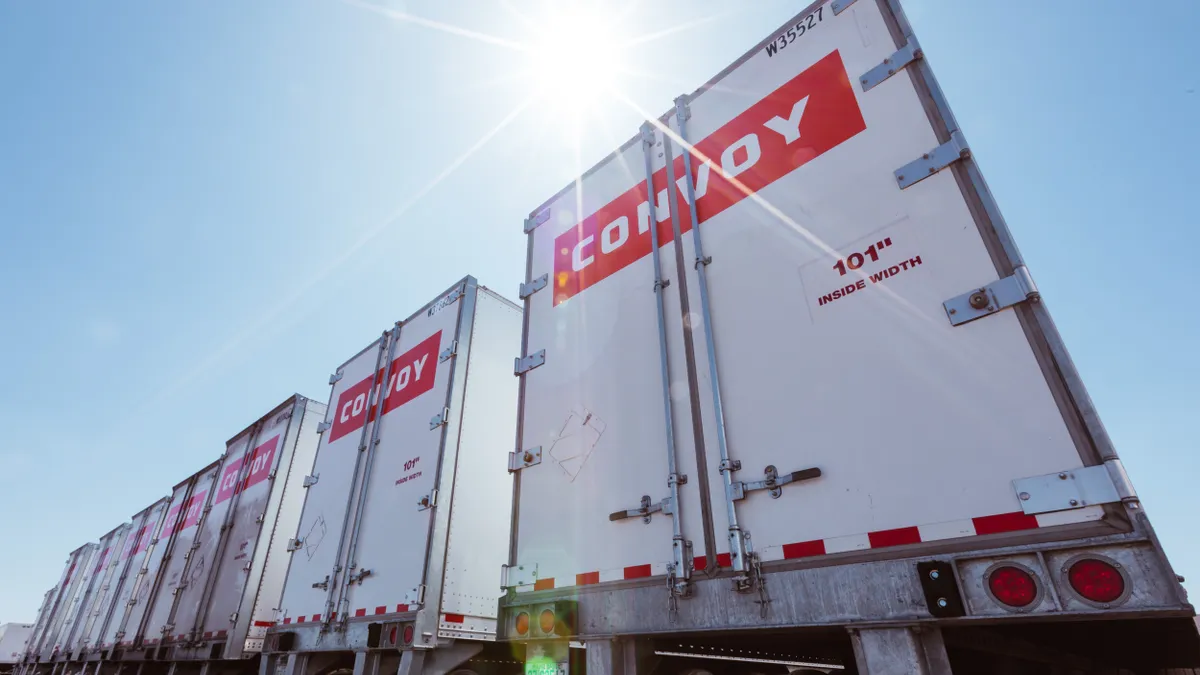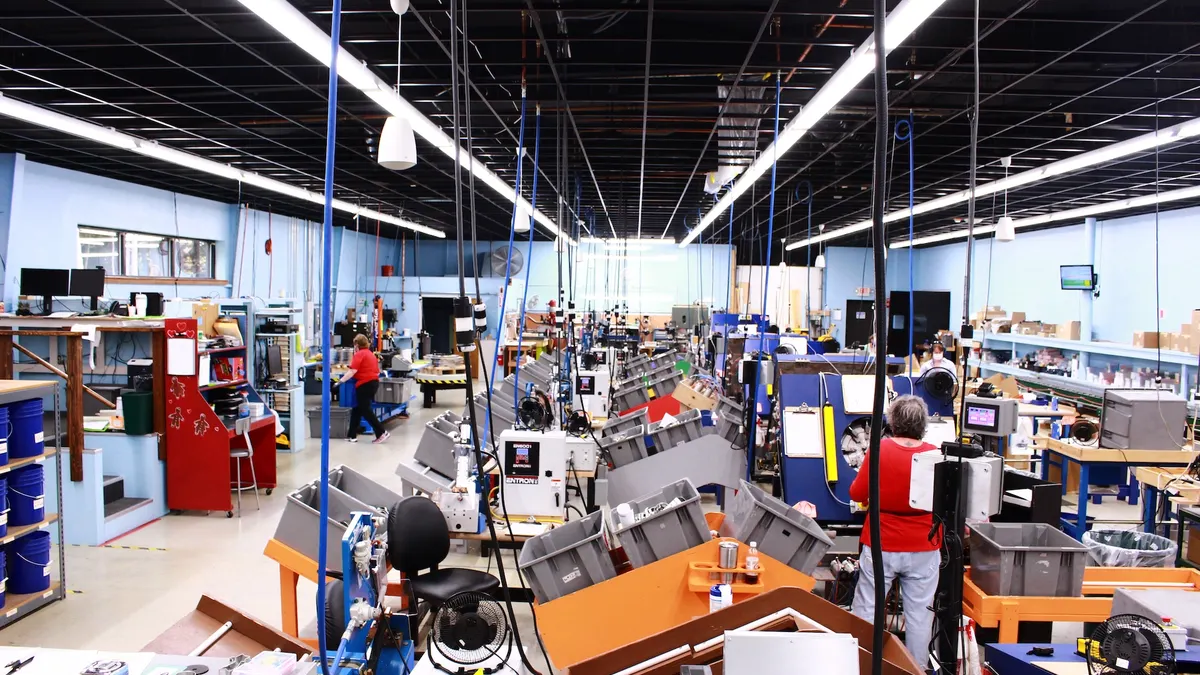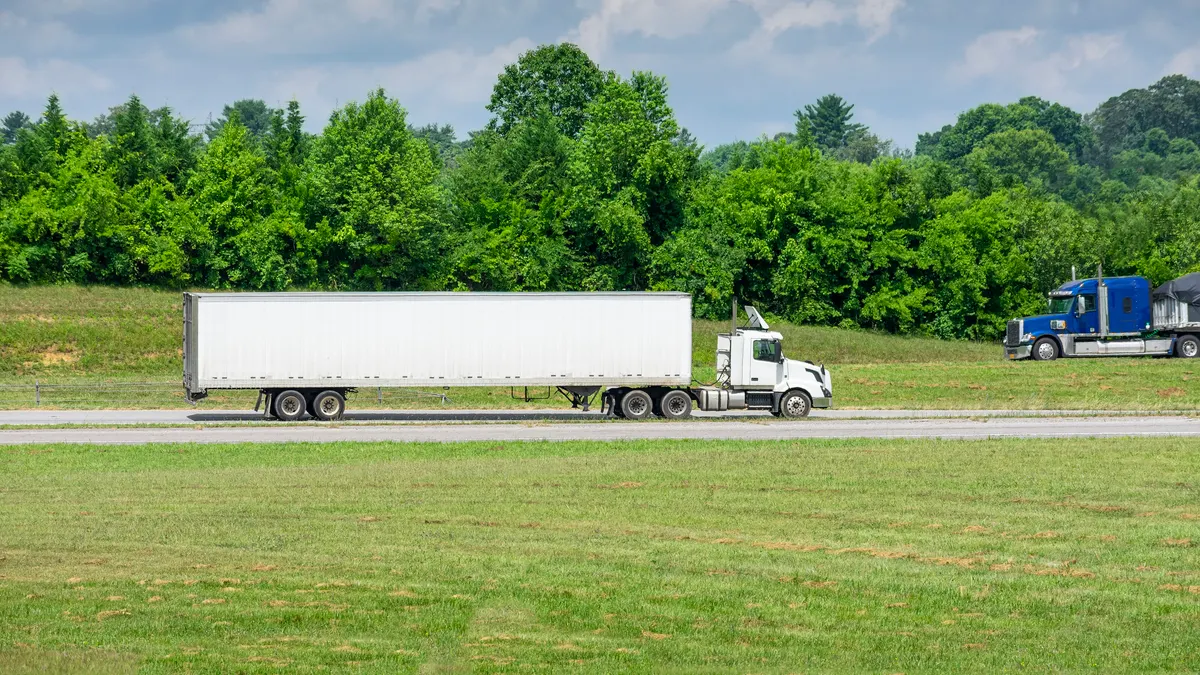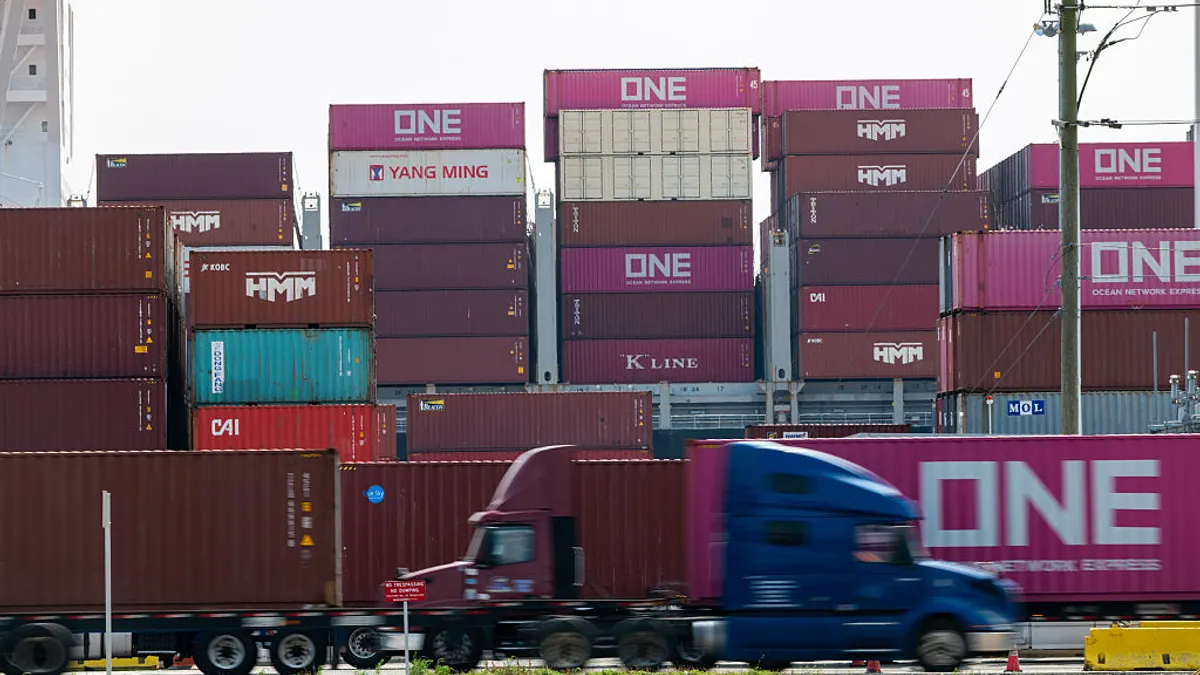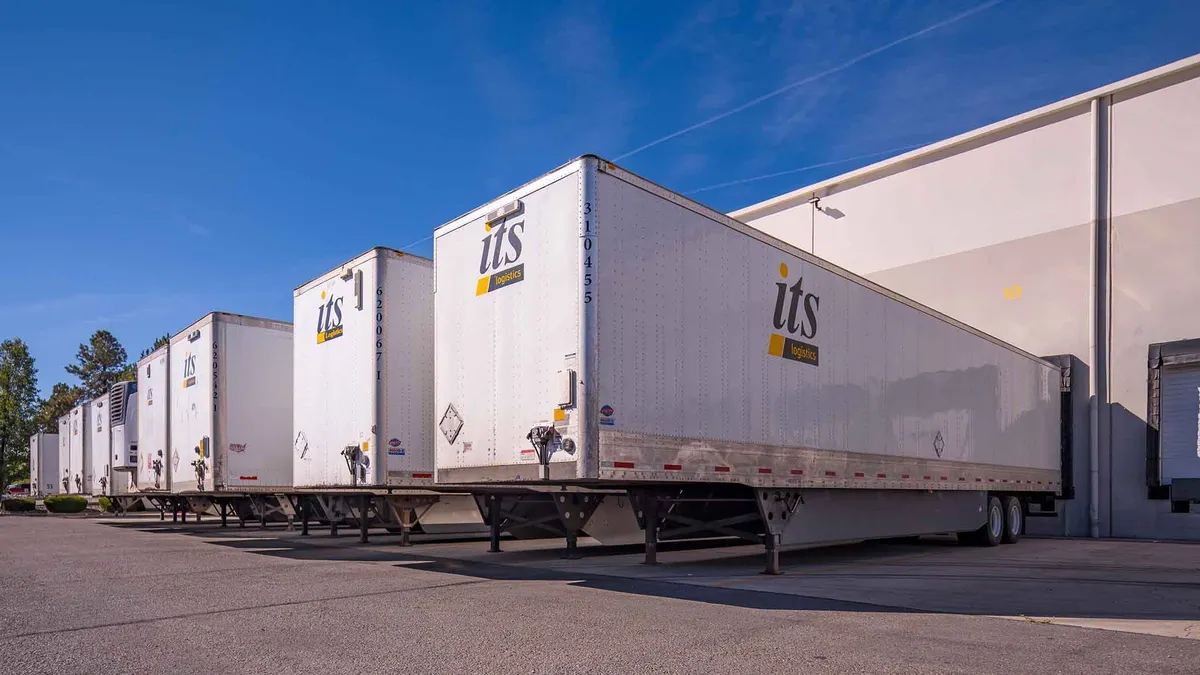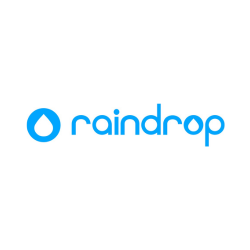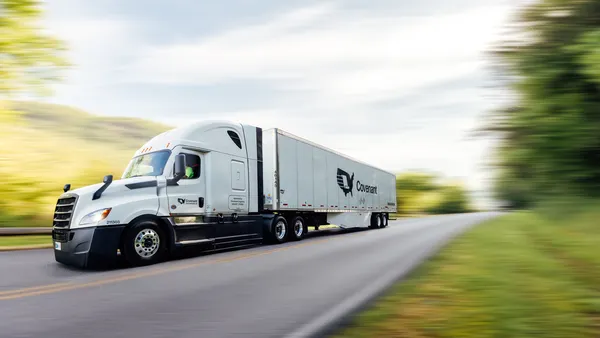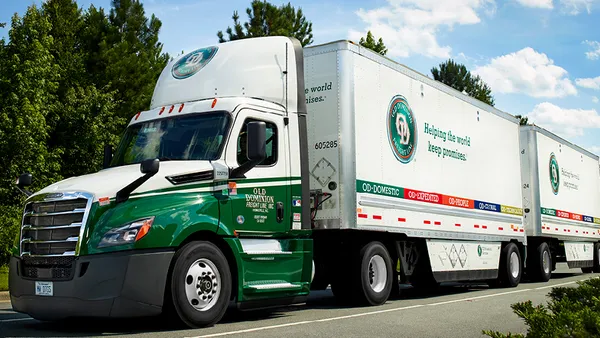Digital freight brokers are called disruptors for their swift, profound impact in the logistics space. Transportation management system providers also fall into the disruptor category, as they increasingly transition to cloud-based platforms and make manual business management practices obsolete.
The two groups are further innovating and pushing the industry toward digital operations by forging partnerships that merge their products.
Digital brokers Convoy, Loadsmart, Transfix and Uber Freight are among those integrating with dozens of TMS providers, including AscendTMS, Blue Yonder (soon to be a Panasonic company), BluJay Solutions, FreightPOP, MercuryGate, Oracle, project44, Recon Logistics and SwanLeap.
Some digital brokers, like Transfix, so far have partnered with a small number of transportation software providers, while others, such as Convoy, have partnered with more than a dozen. Regardless of the exact number, the integration trend is clear as most digital brokers have forged at least one TMS partnership.
"Digital brokers are looking for capacity. Our fleet carriers are looking for loads. We put the two participants in touch with each other," said Tim Higham, CEO of AscendTMS.
This approach melds the strengths of two individual service providers into an all-in-one platform for shippers. Partners on both sides say integrations are increasing significantly with the rapid industry transition to digital tools and cloud-based solutions.
"The lines between a digital broker and an incumbent, more traditional broker are blurring."

Tim Higham
CEO of AscendTMS
"In 2018, we started to see all the large TMSs … migrating from local, on-premise software to the cloud. Now in 2021, almost all the big TMSs have migrated," said Felipe Capella, president and co-founder of Loadsmart. "In 2018 and 2019 we saw more shippers integrating. Last year, we saw a record number; in quarter three we had more integrations with shippers than in all of 2018 and 2019 combined."
Some say the pandemic has accelerated the action as businesses across the supply chain quickly converted to digital operations in 2020.
"There’s a massive amount of momentum over the last year or two — certainly in the last year since Covid started," Higham said. "Everybody wants to be part of this new digital world."
The real-time view from one platform
Before the integrations, shippers didn’t have a centralized view of their freight management, said Jason Langhoff, Transfix head of partnerships.
But that’s changing as partnerships gain momentum. Digital broker and TMS partners use an application programming interface to directly integrate digital brokerage platforms with the TMS software. This provides data-sharing capabilities and creates more access to real-time pricing and tendering.
"Once we hook this API into TMSs, we can process all these loads to be moved and send back prices instantaneously inside the TMS," Capella said.
That's a commonly repeated integration advantage: Shippers do not have to switch back and forth between platforms to complete transactions. The ability to access carrier performance, get quotes and book with the click of a button in one system increases efficiency.
"When we integrate with these solutions, we provide real-time pricing visibility. If a planner for one of our shippers wants to get a price, they don't leave their system… If they like that price, they can click 'book' and automatically have that tendered over to us," Langhoff said.
Shippers and carriers experience benefits including "fewer deadhead miles, lower rates and lower costs," Higham said.
One barrier is that some shippers avoid adopting an integrated platform due to concerns about increased access to their business data. Digital brokers and TMS providers alike say the information is secure.
"The data belongs to the shipper whether they're using our TMS platform TrueView or whether they're using some other solution," Langhoff said.
TMSs often have hundreds or thousands of clients who are exposed to digital brokers through an integration. This could boost business for digital brokers, who tend to have fewer users because of their newness in the industry.
Brokers, old and new, build tech stacks
A twist of the broker-TMS integrations is that some digital brokers are building their own TMSs. Opus9 launched a TMS last year, and Convoy launched Convoy Connect in 2019. Transfix launched its TrueView TMS platform in January to accommodate small and mid-sized shippers.
These platforms are another way to "meet shippers where they are," Langhoff said.
"If they use a TMS, great. We can work with them using that platform. If they are still using a spreadsheet or email the old-fashioned way, we can help them get onboarded to our TrueView TMS," he said.
Digital brokerages might eventually encroach on dedicated TMS providers' territory if they add enough capacity and demand to launch their own all-in-one, standalone platforms, although it is unclear if or how that would affect shippers. Brokers that spoke to Supply Chain Dive predict more partner integrations, at least in the near term.
And traditional freight brokers are expected to increasingly give digital brokers a run for their money as they, too, delve further into the tech space and expand their own relationships with TMS providers. C.H. Robinson and DAT each list more than a dozen TMS partners that integrate with their products.
"The lines between a digital broker and an incumbent, more traditional broker are blurring. Five years ago when these digital brokers first came on the scene there was a big difference between the two," Higham said. "The incumbents didn't sit around doing nothing. They very quickly started to copy those traits and those trends. ... A year from now, they will be indistinguishable."
"I think everything is going to change when it comes to procurement in the transportation industry."

Felipe Capella
President and co-founder of Loadsmart
The theory is supported by a 2017 report from consulting firm Accenture, which indicates that digital disruption is transforming the logistics space and businesses that cling to traditional business models and resist digital technologies will become irrelevant.
"The next two years we're going to see huge adoption of TMSs on the shippers' side… We're going to see unprecedented migration of data that was isolated and siloed and offline to the cloud," Capella said. "I think everything is going to change when it comes to procurement in the transportation industry."
Others agree. "I think in the next three to five years you’ll find nobody will be passing paper around anymore," Higham said. "It's all going to be digital."



